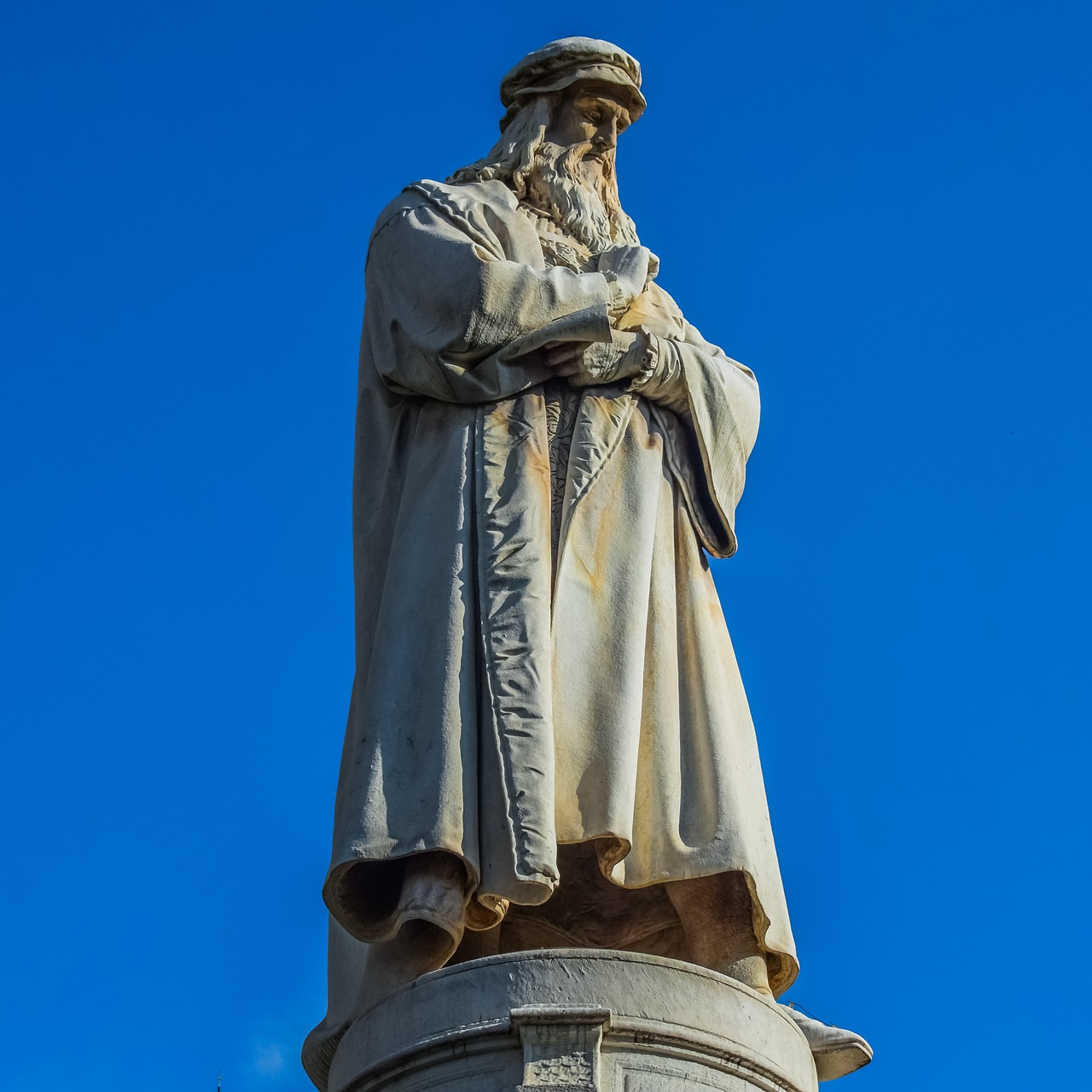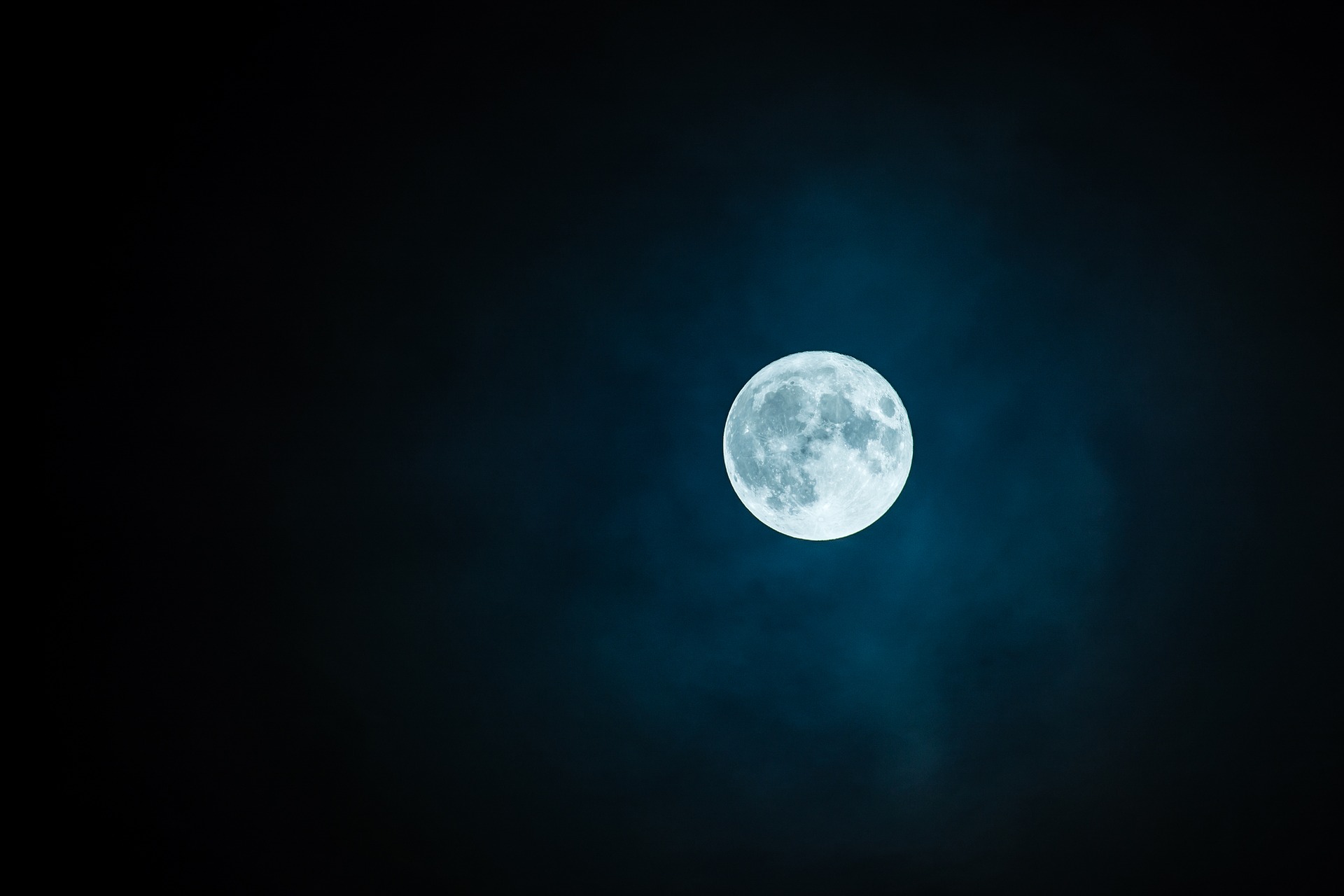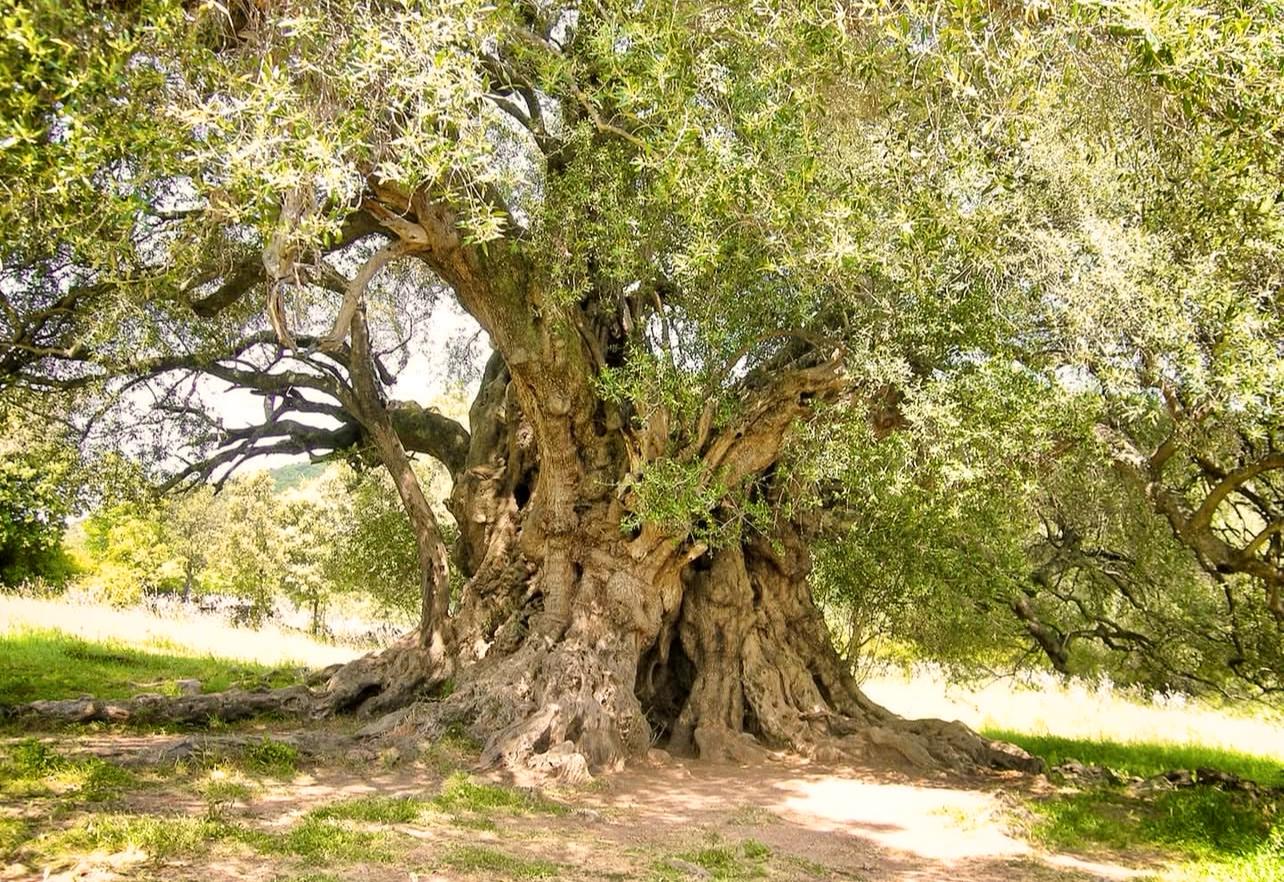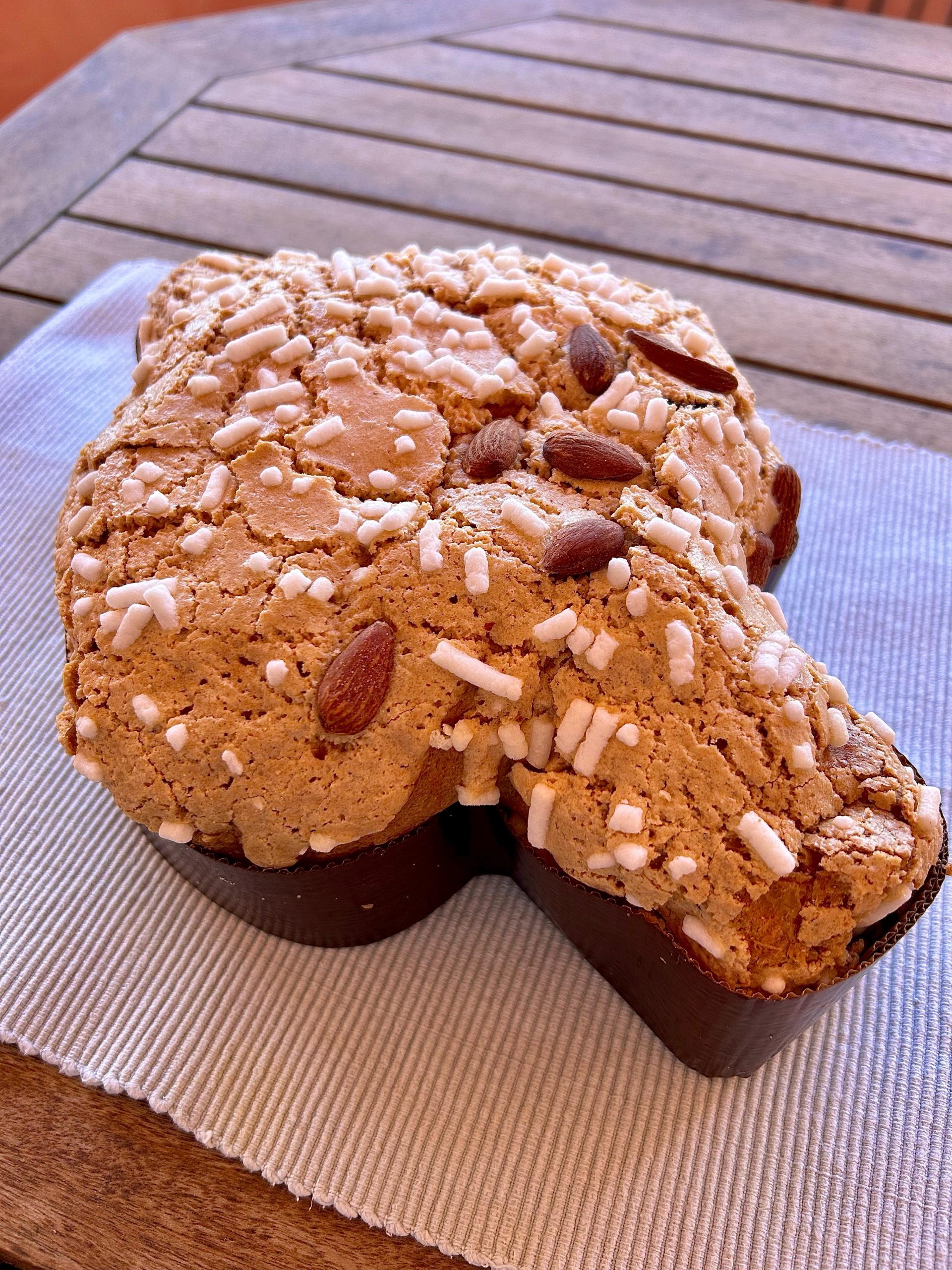Seven Facts About Leonardo Da Vinci
Posted on
Leonardo Da Vinci is synonymous with the Renaissance period and regarded as one of the most significant representations of the era. Perhaps most associated as an incredibly detailed artist, the Mona Lisa is probably one of his greatest works of art. The precise date of the Mona Lisa’s creation is still not known but roughly estimated around 1473. It has been exhibited in the Louvre, Paris, for over two centuries.
Not only a talented artist but a sculptor, architect, scientist and musician, he had a profoundly full and flourishing life. His influence can be found throughout Italy and makes an exciting holiday discovery, especially in the area of Tuscany.
The Da Vinci Surname Relates to the Place Leonardo was Born
Leonardo Da Vinci was born in a small village close to Vinci, a Tuscan hill-town. His memory is well celebrated there and is the location of a museum dedicated to his life and work, Museo Leonardiano. It is a beautiful place to explore and experience first-hand where Da Vinci grew up in his early life. The quaint local church is believed to be where his baptism took place.
He was an Illegitimate Child
When he was born, his parents were not married. His father came from a wealthy background, working as a notary. However, his mother was a peasant girl. After initially living with his mother during infancy, his father was the parent who brought Leonardo up from the age of five. He was regarded and treated as a legitimate son in his father’s family household.
His Skills were Honed While Doing an Apprenticeship
At the young age of 14, he worked alongside a famous artist from the era for nine years. Andrea del Verrocchio was influential in art at the time and excelled in sculpture, goldsmiths and painting. He was the primary sculptor for the Italian rulers of the period, the Medici family. Much of Leonardo da Vinci’s learning would have derived from Verrocchio’s orders for the conception of his artwork.

He Had a Unique Writing Skill
Amongst the many talents Da Vinci had, he was also ambidextrous. A lot of his writings are transcribed with what initially looks like a mirroring. Both the left and right hand could write at the same time in opposite directions. There are opposing ideas of why Da Vinci chose to write that way so frequently. Some experts believe it was to encrypt his thoughts, and others have a much simpler view that it was to avoid smudges! In Vinci, there is a library Biblioteca Leonardiana, which has copies of The Codex Arundel and where you can witness his reverse writing.
He Only Created One Self Portrait
There is a single self-portrait that exists by Leonardo Da Vinci. It is believed to be created when he was around 60 years old. Referred to the Portrait of a Man in Red Chalk, it unsurprisingly depicts a scholarly looking man. It seems an unusual occurrence, as many other famous artist’s portfolios, such as Picasso and Van Gogh, contain multiple self-portraits.
One of his Notebooks Sold for $40 Million
The Codex Hammer is an illustrated document created by Leonardo Da Vinci between 1506 and 1510. It is referred to as the Codex Leicester. The name derives from the copies given to the Earl of Leicester from the collection. The book contains concepts on the luminosity of the moon, the heavens and touches on hydrodynamics. Bill Gates, the founder of Microsoft Corporation, purchased this great notebook during the 90s for almost $40 million at a Christie’s auction.

There are Da Vinci Works on Display Throughout Italy
The work of Da Vinci exists in Milan, Florence, Rome and Venice. The Santa Maria Delle Grazie church, located in Milan holds one of his most famous works, the Last Supper. It is in a very fragile condition; 25 visitors can only access it at one time. Created from oil base paint, on plaster, it began to crumble not long after completion. There is also a canvas version that exists, which is in the Louvre, Paris.
Italy is interspersed with Leonardo Da Vinci’s influence. The area of Tuscany, teamed with its natural beauty, is the ideal location for a stunning and culture-filled getaway. For more ideas on what Renaissance sites can be discovered, read through our blog, Discover Tuscany’s Hidden Renaissance Gems. If you feel inspired to take a break to Italy, why not take a look at our apartments in Tuscany?



